The first blog topics may come easily to you.
But it’ll reach a time when it becomes quite impossible to figure out your next blog post topic.
Don’t worry if you have run out of ideas. Count yourself lucky today as you’ll learn 33 foolproof ways that you can use to generate blog post ideas.
Let’s quickly jump in:
1. Use an Idea Generator Tools
Have you ever wished that there were tools that could automatically generate blog content ideas for you? Well, such tools exist, and here are some of our top picks:
For instance, here is a quick illustration using the Portent’s idea generator:

After entering the term “Online marketing,” the tool generated a blog post idea on “ 20 Myths Uncovered About Online Marketing.”

2. Check Google Console for Keywords You’re Not Sufficiently Targeting
Google Console is a great way to track your performance on Google search. It measures your site’s search traffic, reveals ranking keywords, and detects site issues, ensuring that you are ready to rank.
Finding blog ideas from Google Console only entails checking queries that you’re not sufficiently covering with your content.
You’ll first need to verify your site ownership for Google Console to gather search analytics. Next, log in to your account by going to the official page and selecting “Start Now.”
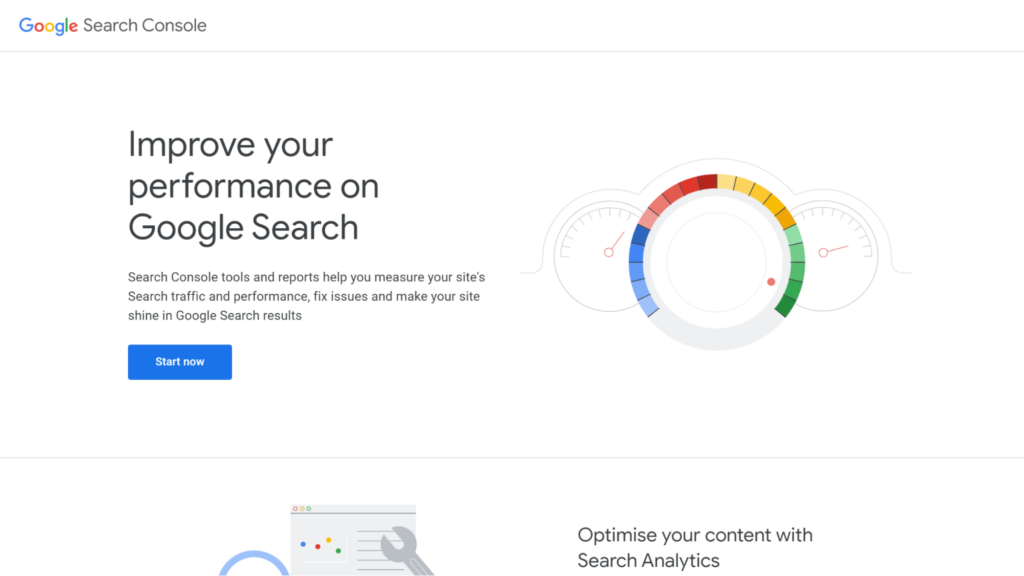
Once you’re logged in, you just need to choose “Search results” under “Performance.”
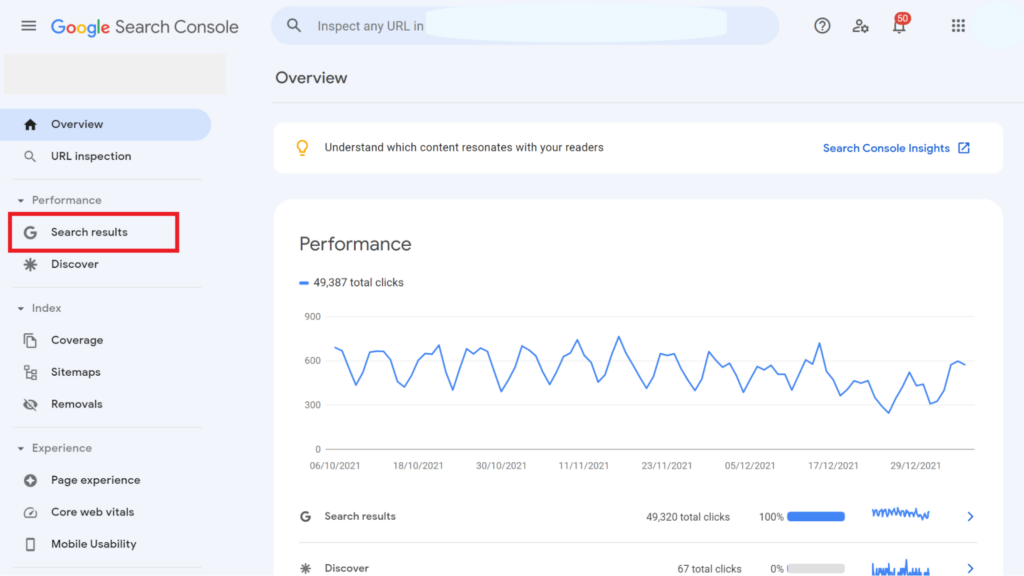
If you check the queries tab, you’ll see all the keywords your content is ranking for, and right away, you’ll spot some queries that you’re not sufficiently covering with your existing content.
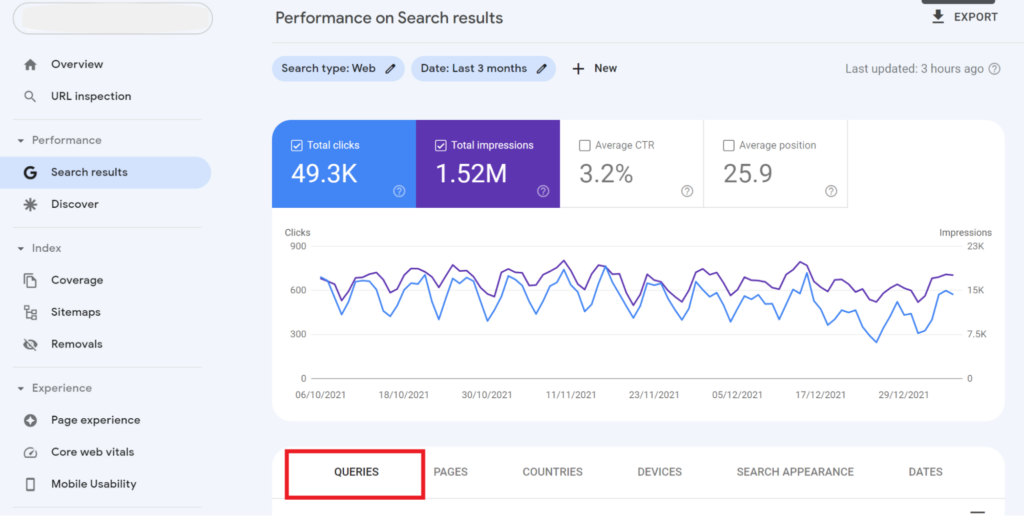
Now, you can take these queries and consider publishing new blog posts. Alternatively, you can expand the existing pages with new information.
For a done-for-you approach, you can integrate ZenBrief with your Google Console Account. The tool can provide suggestions on how to better existing content by improving the content relevance and depth, ensuring you get more organic traffic from Google.
3. Perform Keyword Research + Clustering
If you have not researched and compiled a list of keywords to target for your niche, this will be the perfect time to start.
Now, keyword research is not terribly difficult to undertake. It basically gives you an idea of what people are searching for online.
Here are some pointers you can use to find the best keywords and topics for your website:
- List up to 20 different generic topics important for your business;
- Use your main topics to find related keywords by searching for the main keywords in a keyword research tool;
- Select the best keywords to target based on the search volume and ranking difficulty;
- Make sure you understand the searcher’s intent for the keywords you want to target (the reason why they’re typing that particular keyword in the search engine);
- Search for your target keywords in the search engine and check which articles are ranking.
If you perform keyword research, you’ll often end up with hundreds and sometimes thousands of keywords. You can group these keywords into clusters. This ensures that you’re not targeting a single keyword per post but several related keywords, which increases your page’s relevancy in the eyes of the search engine. We compared some of the top keyword clustering tools here.
4. Perform Competitor Analysis to Reveal Content Gaps
The whole idea behind competitor analysis is checking what your competitor has been publishing on their blog section, and essentially targeting the same topic with your content.
Will you not end up writing about the same thing? That’s not the case. Every topic can have a new and fresh perspective.
You may also find that your competitor has written a 500-word blog post on a potential topic. By investing more time and performing in-depth research, you can write 1500 words on it. Including fresh information even gives you a better chance of outranking them.
The content can also be better designed or contain more rich content such as infographics, images, tweets, or videos.
Performing competitor analysis to uncover content gaps in your blog is quite easy. Zenbrief provides a very useful way to quickly see your competitors’ content outlines and see how they have covered a topic without having to open tons of tabs.
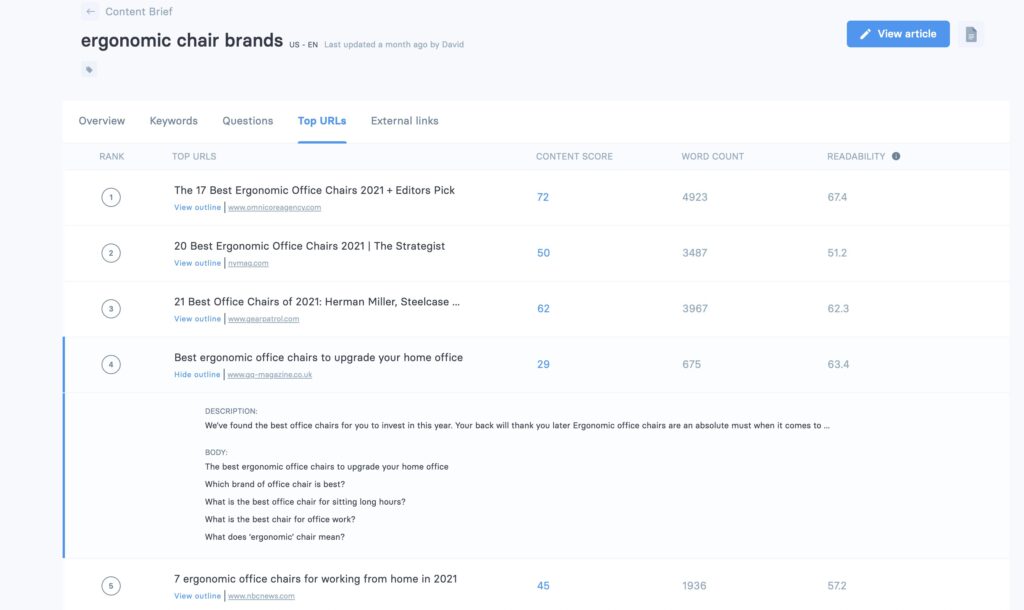
There are also several tools you can use, both free and paid, such as SEMrush, SpyFu, SimilarWeb, etc.
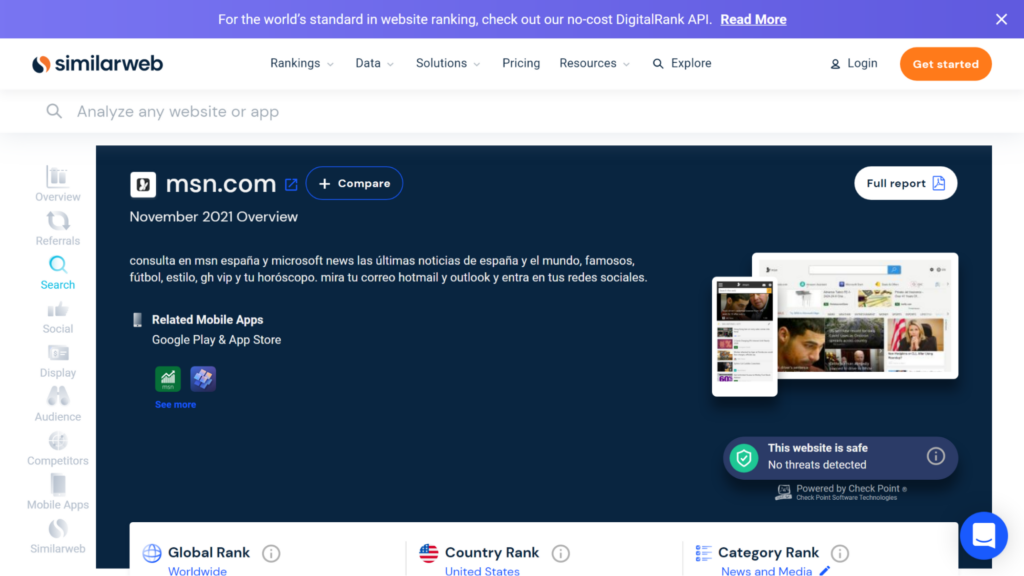
5. Expand on the Most Popular Topics on Your Blog
For this content strategy, you just need to know the best performing topics on your blog. For instance, say that you have written about “How to choose a countertop sink.” If the topic is popular with your readers, you can also think of writing about “How to make sure that your countertop matches your kitchen cabinet colors,” or similar. You can also perform keyword research to find related keywords based on the best-performing articles.
6. Find YouTube Videos on a Topic
YouTube is great at revealing interesting topics to write about as you can see which videos are popular with viewers. To use this strategy to generate content ideas, head over to YouTube and search for your topic or keyword. Scroll down the page and note the topics as they jump out to you. For instance, if we’ve already written about “How to train a dog,” searching for the key phrase on YouTube reveals other ideas such as:
- Dog training fundamentals – 1.9 Million Views
- 3 easy things to teach your new puppy – 14 Million Views
- How to train any dog to play fetch perfectly – 906K views
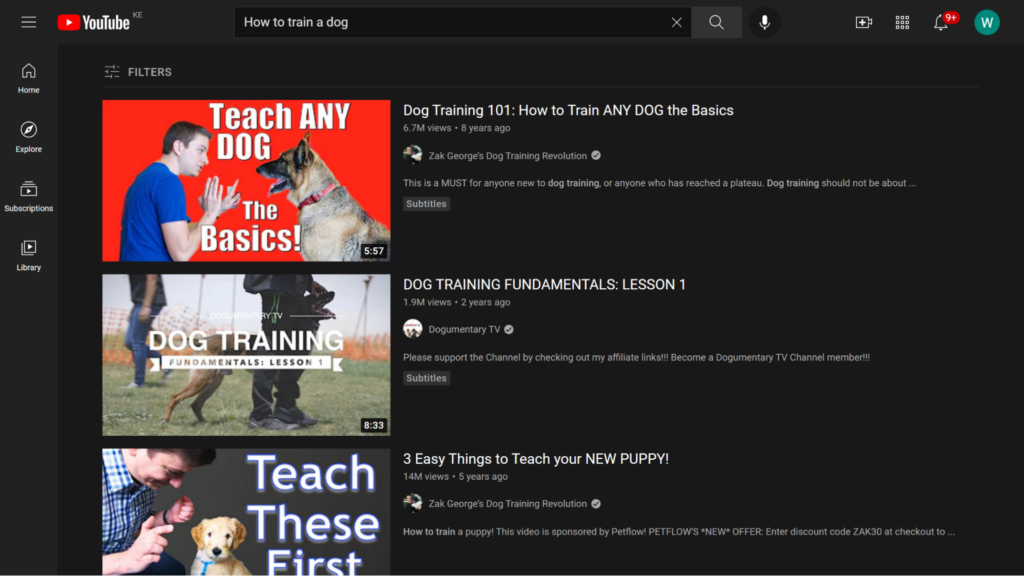
7. Check Quora
Quora is a question and answer website with over 300 million active users. It’s a gold mine of questions people regularly ask about a given topic.
There are several ways to find content ideas on Quora. You can explore topics by reading questions or looking at questions to answer.

There is a trick to use to find questions on Quora from Google. Just type in your search phrase + Quora, for instance, “Income taxes Quora.”
8. Dive into Reddit
Like Quora, Reddit is another great place to find a topic idea for your next blog. You can dive into the various communities where people conglomerate around diverse interests, hobbies, and passions. For instance, if your blog is about online marketing, all you have to do is to check out the online marketing channels on Reddit. Go through the discussions to find a post idea. To quickly find communities, Google for “Topic keyword + Reddit.”
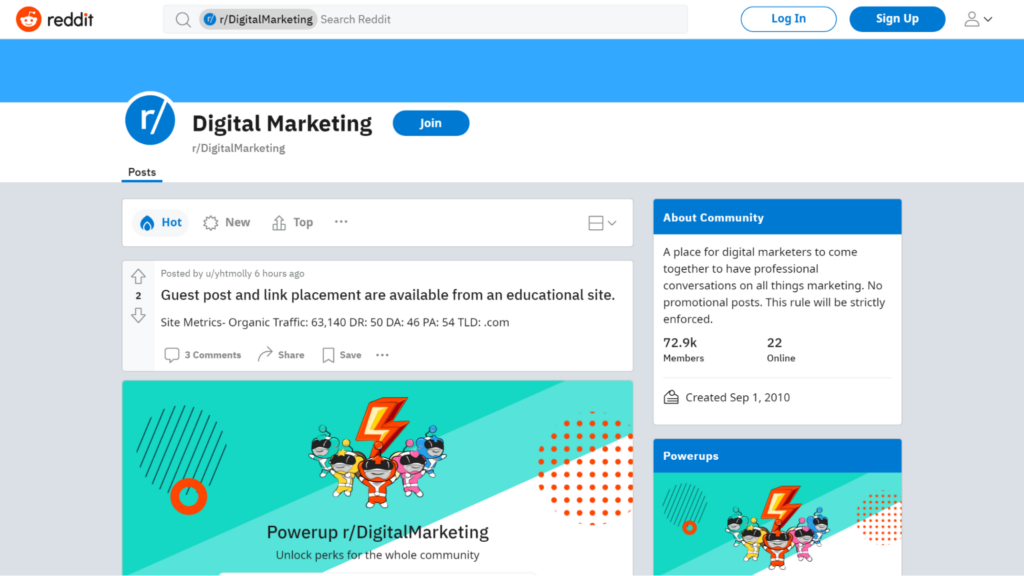
9. Go After Trending Topics
While you can publish evergreen articles that remain relevant year by year, you can also take advantage of trending topics. How do you find trending topics to write about? Well, consider the following tips:
- Use Google News to find trending topics: Start by searching for your keyword and check under the News tab for recently published articles on news sites;

- Use the BuzzSumo content analyzer to discover the newest trending articles. You can see the social media engagement metrics for each piece;
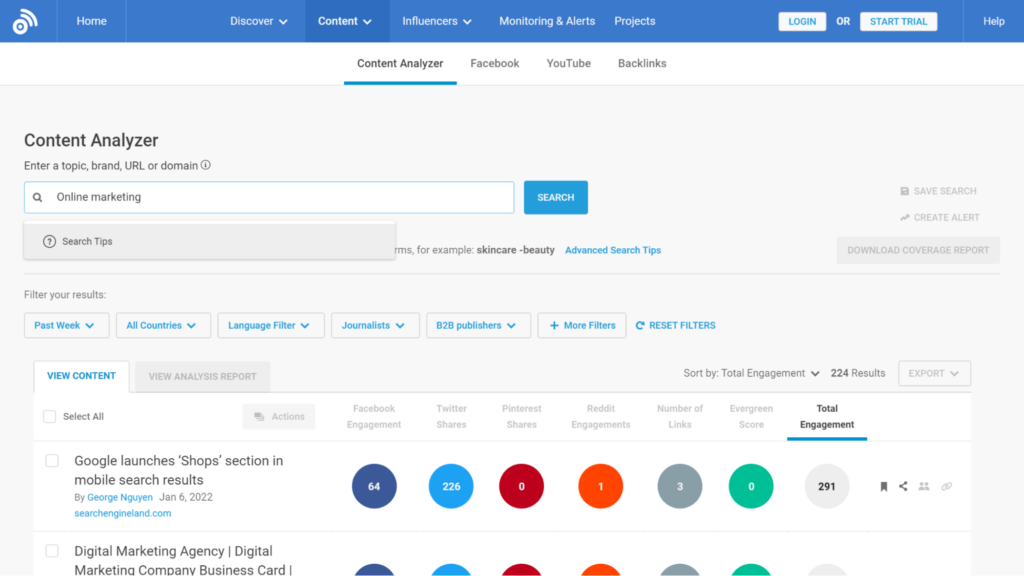
- Keep track of digital publications in your niche for a constant supply of current topics;
- Check out the trends data for a particular topic or keyword on Google Trends.
10. Run a Blog Survey
The audience can be a source of blog post topics. You only need to ask them what they want to learn about. Or better yet, inquire about their pain points or knowledge gaps.
You can do this by conducting a survey with tools such as Survey Monkey, Qualroo, Typeform, etc. Ensure that you’re not committing common survey pitfalls such as asking too many questions, yes or no questions, the wrong questions, or lots of multiple-choice questions.
11. Store All Your Great Ideas in a File
Many blog ideas may come spontaneously as you undertake other tasks. Research shows that up to 72% of people get their best ideas while taking a shower.
It’s easy to forget that great idea you had. You can avoid losing your great ideas by jotting them down. Because you’re pretty much carrying your smartphone everywhere, you can leverage its simple note-taking app. Later, transfer the ideas on a kanban board with To-Do, In-Progress, and Done sections. You can create Kanban project boards for free on Trello or MeisterTask.
12. Subscribe to Similar Newsletters For Blog Updates
Publishing new blog posts is not the only way to get good at generating ideas. Reading is. You can think of keeping tabs on relevant newsletters in your niche.
Many blogs will push out e-mail newsletters as part of their email marketing strategy. So, each time you visit a competitor’s blog, take note of the email opt-in box. It may be on the main blog page.
Drop your email there, and watch out for the newsletters as they stream in your inbox from time to time. Roundups of the company’s recently published blogs will be an excellent source for blog content ideas.
13. Engage With Your Audience on a Deeper Level with Community Forums
Connecting and engaging with your audience may allow you to develop better blog content. So ensure your articles have a comment section where readers can share feedback or additional insight into the topic.
Next, you should have communities built around your brand by giving your audience a place to meet and discuss issues, such as having a Facebook group or Discord community. You can even encourage readers to participate by asking them to submit original articles. h out for the newsletters as they stream in your inbox from time to time. Roundups of the company’s recently published blogs will be an excellent source for blog content ideas.
14. Share Personal Experiences, Best Practices, Mistakes, Behind the scenes
Sharing personal experiences may be a potential blog post idea when you have nothing else to write about. You can go on and on about something you did in the recent past, trials, successes, best practices, observations, and more. Customers also care about what goes on behind the scenes. You can share sneak peeks or disclose how you produce products. It’s also possible to share team profiles of new team members.
15. Publish Case Studies on Projects
A case study is simply a detailed examination of a specific subject. You write about reasons why you undertook the case study and present your findings. It’s a great way to build trust and even convert readers to customers. You can showcase your topical authority and demonstrate how your services or products solve real-life problems.
16. Use the Pillar-Cluster Method
The pillar-cluster model can revolutionize your entire blog infrastructure, giving you a constant supply of new blog ideas to write about. You implement this model by first finding your pillar pages. A pillar page is one blog content meant to provide an overview of an entire topic. It may be thousands of words long. For instance, you can create a pillar page on “10 Top Dog Breeds.” From the pillar page, you then create cluster pages. It may mean having one entire page dedicated to each dog breed. Cluster pages are then hyperlinked to the pillar page and from the pillar page, making it easier for readers to dive deeper into the topic. This is also a great way to strengthen your internal linking strategy and build up your site’s credibility.
17. Use Amazon Look Inside
The trick here is to use published books to find blog post topics. All you have to do is to have a look at the table of contents, not necessarily reading the entire book. You also don’t need to purchase every single book.
Go to the book section on Amazon.com. You can explore books from the featured categories or from the search bar.
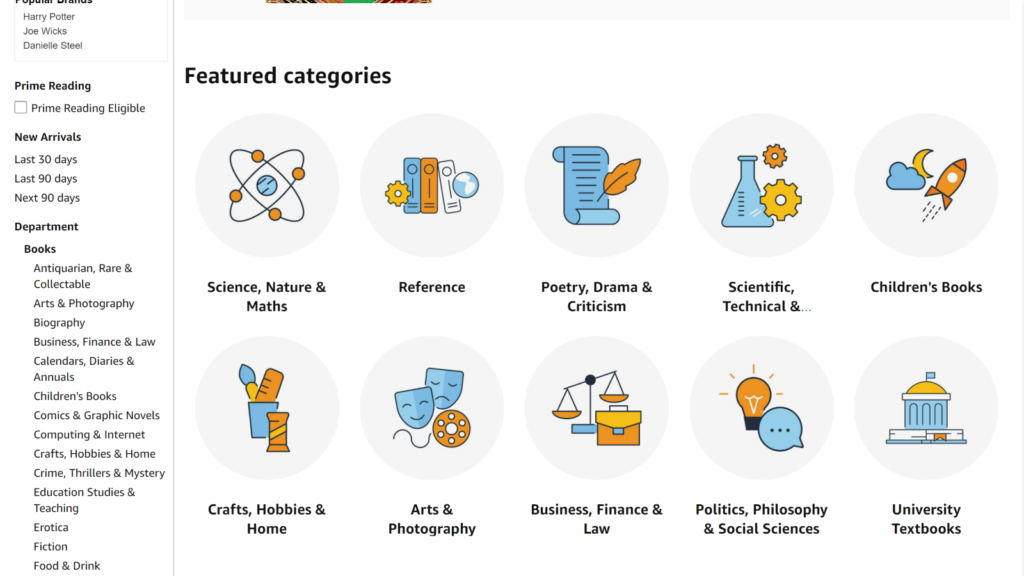
In this example, let’s search for “Online marketing books.” After finding a suitable book, you only need to click “Look inside” to have a view at the table of contents.

Google Books also offers book reviews, and it contains some free books as well. As a tip, you can avoid accidental plagiarism by not reading the book altogether. Just conduct your own original research after finding the idea from the ToC.
18. Check Course Outlines on Udemy
Udemy is an online learning platform with thousands of courses. Each course comes with an overview that contains the course outline, which you can use to generate blog post ideas. So, start by navigating to Udemy.com. You can use the categories section to find courses in your interested topic or conduct a manual search.
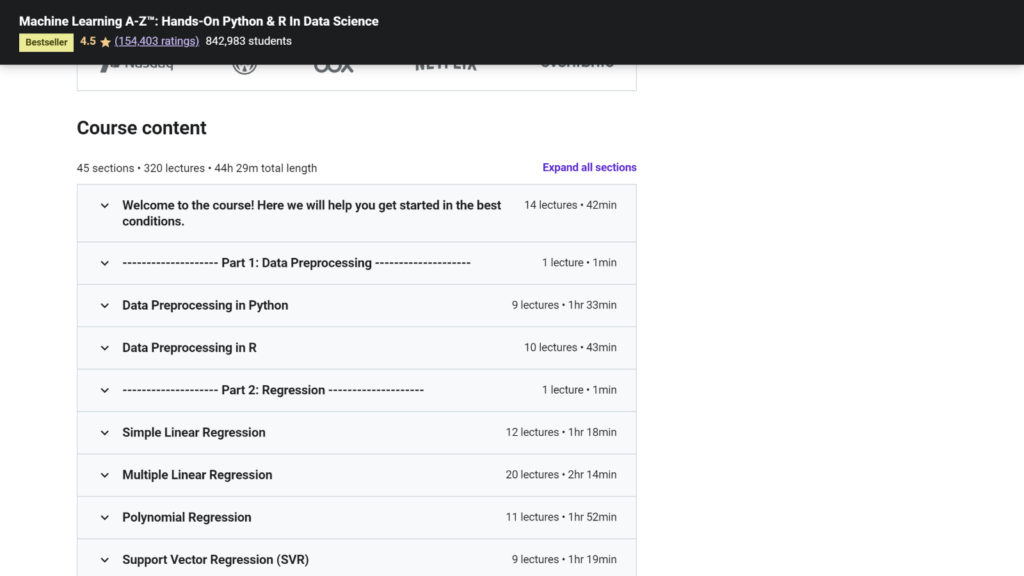
19. Try Keyword Research Tools
Soolve.com is a keyword research tool that you can essentially use to find topic ideas. If you start typing the search phrase, the tool dynamically generates a list of keywords.

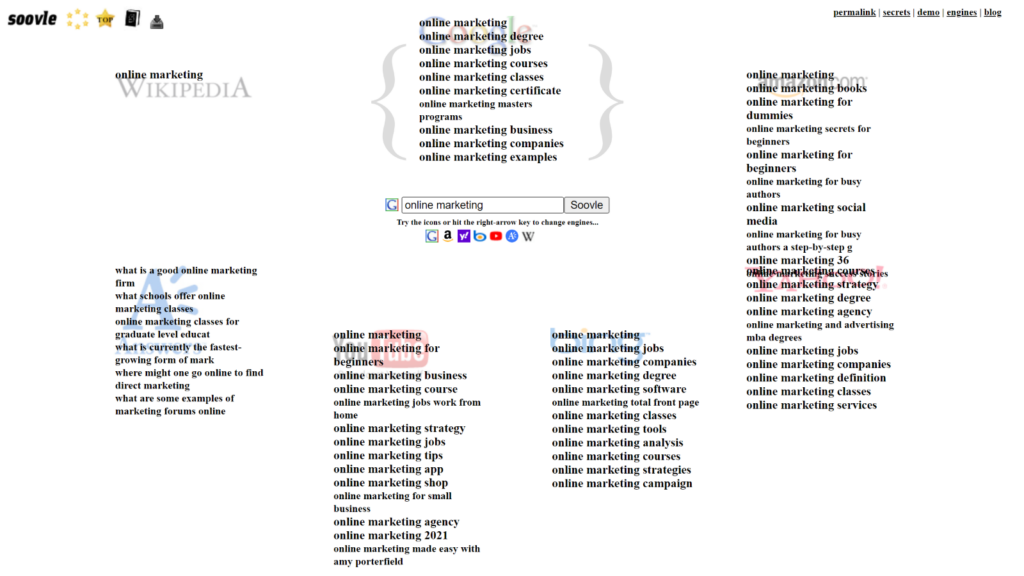
Google Search also generates a list of related keywords at the bottom of the search results. You can similarly use it to generate ideas.
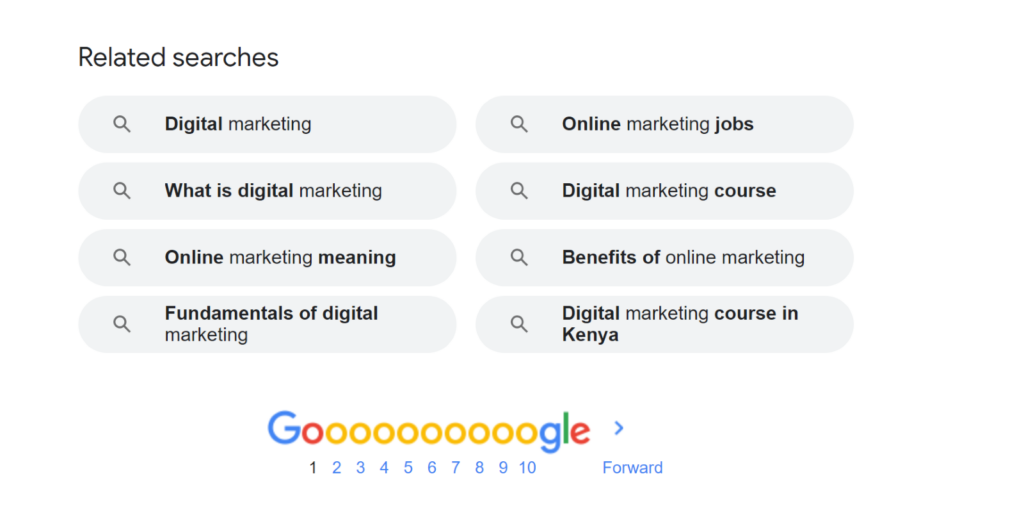
20. Join Facebook Groups
Facebook groups can prove quite useful when you’re stuck figuring out your next blog content idea. That’s where peers come to discuss matters affecting them or ask questions. You can literally find Facebook groups on any topic. So, join those groups and go over the discussions people are having. Look for commonly asked questions that you can cover with more in-depth blog posts.
21. Analyze Sales Team and Customer Support Questions
Your sales and support team and be a potential source of great blog post ideas. Rather than having them answer the same support questions, consider producing helpful guides and blog posts that they can share with customers. If you are considering publishing the posts as part of your knowledge base, you should make sure that there are indexable and available in the search results.
22. Check Twitter Hashtags & Trending Topics
Keeping an eye out for trending topics on Twitter can give you potential SEO blog ideas. To check trending topics on this social media platform, you can look at the Explore tab. Clicking on hashtags can give a list of tweets.
Another way to approach finding ideas on Twitter is to use tools that reveal trending hashtags. RiteTag is great for this purpose as it shows metrics on hashtag engagement.

Twitter also has an advanced search tool that you can use to find tweets with specific words, exact phrases, etc.
23. Feature Experts in a Roundup Post
You can think of publishing a roundup post, where you aggregate content or opinions from experts in your industry. If you’re doing an expert roundup, you shortlist the experts in your niche and send them the same question to answer. Each author then gets a headshot along with their reply. Alternatively, you can use their feedback to beef up an already researched article.
A similar idea is publishing a content roundup where you share a list of curated resources.
24. Interview Experts, Coworkers, Authors, etc.
Blog interviews can spice up the content you have on your blog. Readers get to hear from in-house or external experts on a given topic. Your interviewees need to be familiar with your niche and known in your industry. Interviews may be conducted by taking advantage of easily accessible tech such as email.
25. Brainstorm as a Team
Holding brainstorming sessions may be a great way to come up with blog topic ideas. The group activity basically entails each participant sharing their ideas as soon as they come to mind with no fear of judgment or criticism. Brainstorming sessions need to have a goal. They should also have facilitators and leverage the right tools. Now, if you don’t have a team to brainstorm, you can also perform the activity on your own. If you’re brainstorming on your own, consider using a mind map.
26. Read Blog Comments
Readers leave the most insightful comments on blogs. So, as you conduct your research, check the comments section of the blog. You can easily obtain a fresh angle on a topic with this method. Going over past comments on your site can be handy before expanding on the content.
27. Take an Opposing View
A lazy way to generate blog topic ideas is to take an opposing view to an earlier position. For instance, if you published a blog on “10 Best Practices” you can very well write a new one on “10 Mistakes”.
28. Check the Best Ranking Articles for Each Keyword
Another quick way to find blog ideas is to head over to Google and type your search phrase. Google will display results and all you have to do is to check the titles for the results. This simple activity can allow you to start forming an original idea.
29. Check People Also Ask Boxes (PPAs)
The PPAs on Google display a list of questions people regularly ask. You can get a topic to write about, with the assurance that it is something many people want to learn. Not every question will have a PPA section, but many popular topics typically have one. For instance, if we want to write about “Greywater reuse,” the PPA section provides the following ideas:
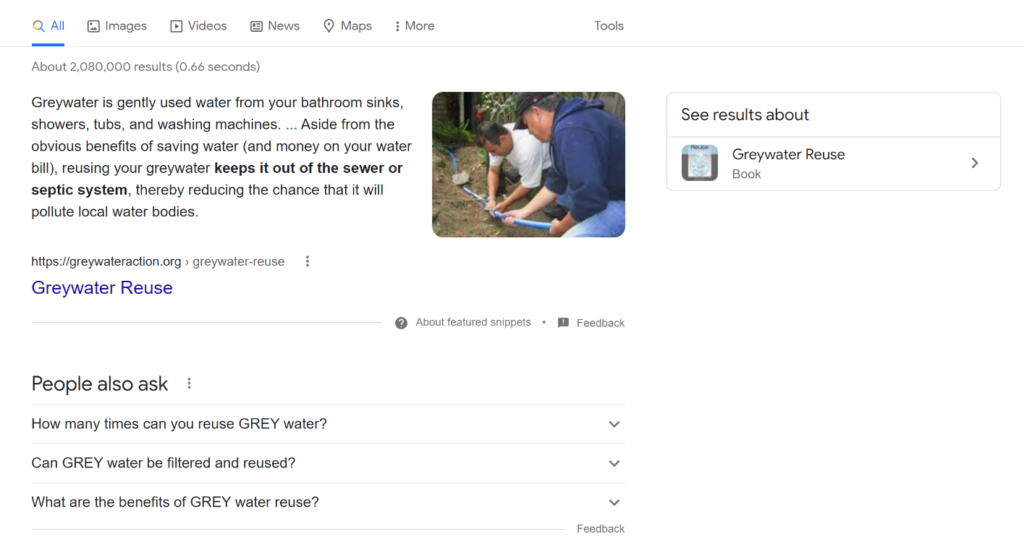
30. Share facts or Statistics
You might have come across posts such as:
- The Ultimate List of Marketing Statistics for 2021 – HubSpot
- 42 Top Social Media Statistics For 2022 – Startup Bonsai
- 67+ Revealing Statistics about Smartphone Usage in 2022 – Tech Jury
The articles tend to receive a lot of attention and rank well. Now, you can think of finding the most recent reports and studies and curating them into one blog post. You should also link back to the original report, not to a third-party site where you found the information. This makes your article helpful for writers curating stats to use in their own blogs as well. The article can also be easily repurposed into a shareable infographic.
31. Find Great Blog Ideas from Podcasts
If you’re greatly informed about your niche, it also becomes easy to generate content ideas. Aside from articles and videos, podcasts may provide a wealth of information about what’s going on. That’s because most industry podcasts feature experts who may talk or answer interview questions on a wide range of issues.
32. Use Image Search
Image search may not come up as a potential way to generate blog post ideas but it’s a good tool to use. Now, you get started by performing a regular search on Google and then selecting the Images tab.
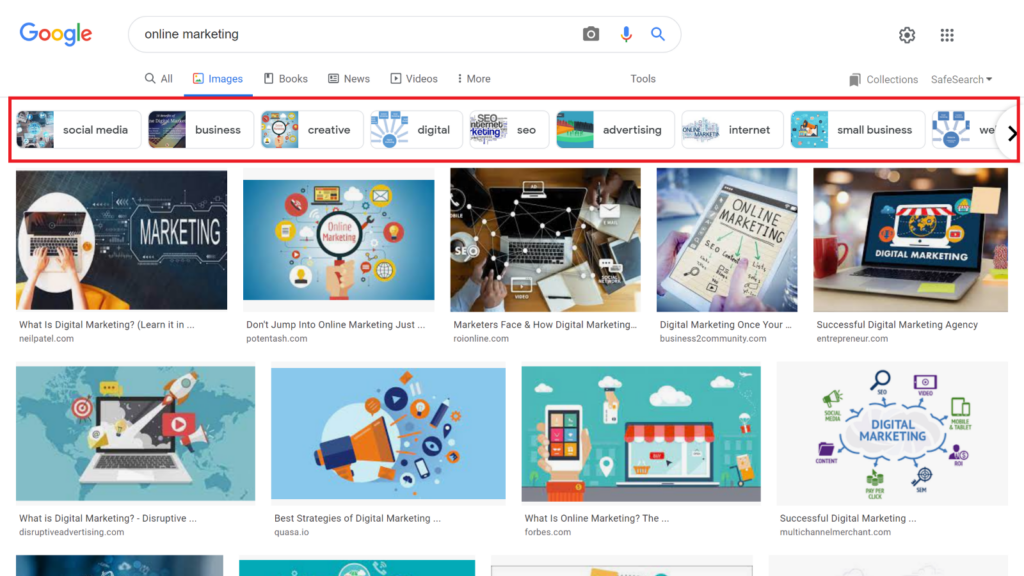
For instance, we have searched for “Online marketing.” The topics tab acts as a sort of an idea ideator, giving us many topics to explore such as social media, business, advertising, and small business. All the topics are related to the original search phrase, and as you explore various categories, you can see images pulled from articles accompanied with their titles.
33. Turn failed searches into content ideas
Some knowledge base plugins such as Support Hero can reveal all the failed searches on your website. So, you could potentially write new content to address the knowledge gaps. Additionally, for websites with a search section, it may be possible to see searched queries that don’t have any results. You can cover these topics in your content.
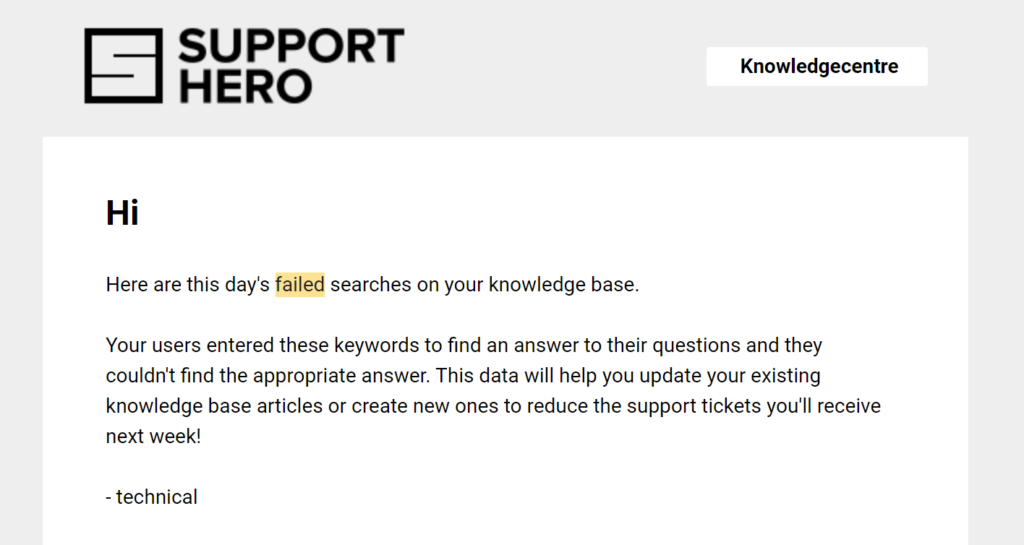
Bottom Line
So, there you have it, all the 33 ways you can use to come up with new and better blog content ideas. Topping it all off, keep a detailed record of all your ideas. And make sure that there is interest in the topics you want to cover in your blog.





